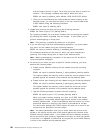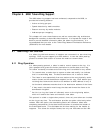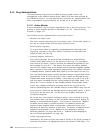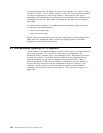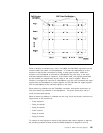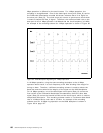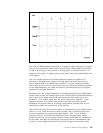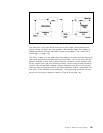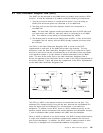
the signal passes from one station to another and ultimately can result in loss or
corruption of data. This is a major reason for the limit on the maximum number
of stations supported on a token-ring networks. Note that this limit varies
depending on the speed of the ring and type of lobe cables used in attaching the
workstations to the hub. Also, there is limitation on the type and the length of
lobe cable.
To address these limitations, the 8260 provides the following types of functions
on the token-ring media modules:
•
Passive port technology
•
Active port technology
Before looking at the passive and active port technology as implemented in the
8260, this is an appropriate time to review the signalling used on the 8260
backplane for the token-ring segments.
8.2 8260 Backplane Signalling for TR Segments
The ShuntBus on the 8260 backplane consists of the circuitry to accommodate 10
token-ring segments. The circuitry for each token-ring segment on the
backplane forms a physical ring on the backplane with a self-shorting connector
at each slot location. Connection from the modules to the backplane can be
made by breaking into the ring via these self-shorting connectors. When a
token-ring module is installed on the 8260, the backplane rings are broken via
the self-shorting connectors and are completed through the circuitry on the
modules. These rings can also be bypassed through the inserted module
(passively) via the use of relays on the module. This is shown in Figure 81 on
page 135.
134 8260 Multiprotocol Intelligent Switching Hub



